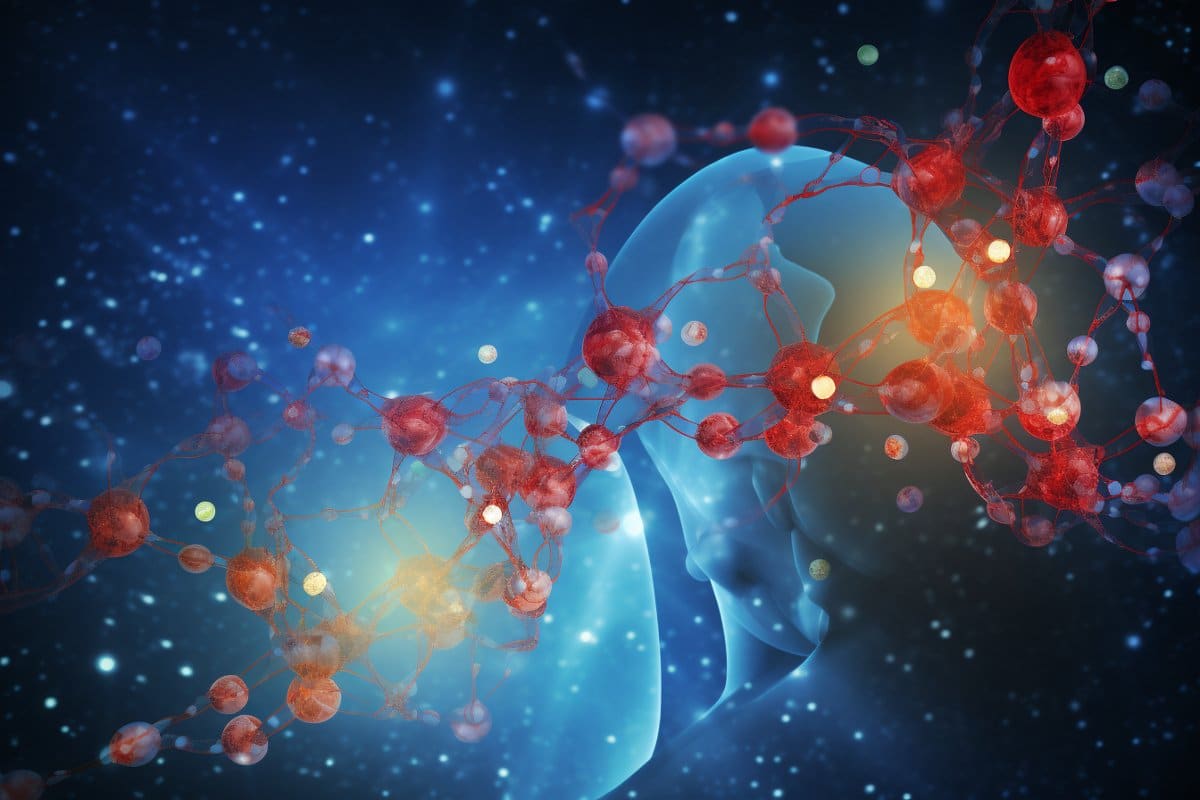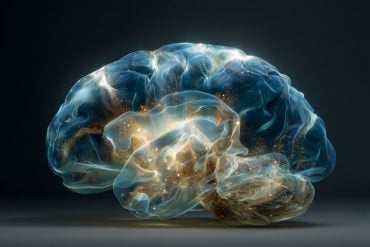Summary: Researchers uncovered the mechanisms by which oxytocin (OXT) influences learning and memory in animals. Their study utilized pharmacogenetic techniques to activate specific OXT neurons within the brain, assessing the impact on cognitive functions through tasks like the Novel Object Recognition Task (NORT).
The findings reveal that activating OXTergic neurons significantly enhances long-term object recognition memory, with notable activity observed in the brain’s supramammillary nucleus (SuM) and dentate gyrus. This groundbreaking research not only deepens our understanding of oxytocin’s role beyond social bonding but also suggests its potential in developing treatments for dementia.
Key Facts:
- The study demonstrates oxytocin’s influence on cognitive functions, particularly highlighting its role in enhancing long-term object recognition memory in mice.
- Activation of OXTergic neurons in the paraventricular hypothalamic nucleus (PVN) and their projections to the SuM were found to be pivotal for memory enhancement.
- The research suggests the therapeutic potential of oxytocin in treating cognitive decline, offering new insights into combating diseases like Alzheimer’s.
Source: Tokyo University of Science
Oxytocin (OXT) is a hormone that is known for its effects on psychological well-being and emotional bonding in animals. Interestingly, research has shown that this natural chemical in the brain plays a crucial role in other cognitive processes as well, including learning and memory.
Now, scientists may have discovered exactly how OXT influences memory in animals by studying “OXT neurons” that contain OXT receptors and function differently based on the availability of the chemical in the brain.

In a recent study published on 16 November 2023, in PLOS One, a group of researchers, headed by Professor Akiyoshi Saitoh, along with Junpei Takahashi from the Tokyo University of Science, delved into the complex neural pathways and signaling mechanisms activated by OXT. They offered unprecedented insights into its implications for learning and memory.
“Previously we had suggested that oxytocin may be a new therapeutic candidate for dementia based on studies using a mouse model of Alzheimer’s disease. To investigate this further, in this study, we examined the role of endogenous OXT in mouse cognitive function.
“This was done by using pharmacogenetic techniques to specifically activate OXT neurons in specific brain regions. The cognitive function of mice was then evaluated using the Novel Object Recognition Task (NORT),” explains Prof. Saitoh.
The research emphasizes the significant role of OXT in regulating social memory, as deficiency in either OXT or its receptors has been linked to aberrant social memory in mice. This groundbreaking study, however, shifts the focus to the role of endogenous OXTergic projections in learning and memory, particularly within the supramammillary nucleus (SuM).
To identify the neurons that are responsible for OXT’s effect on memory, the researchers visualized slices of the mouse brain after specifically activating OXT neurons in the paraventricular hypothalamic nucleus (PVN), observing positive signals in the PVN and its projections to the SuM.
Additional validation of OXTergic neuron activation was confirmed through increased c-Fos positive cells (indicating neuron activation) in the PVN after administering clozapine N-oxide (used to activate the neurons).
Further, the study focused on the impact of OXTergic neuron activation on learning and memory using the Y-maze and NORT. Surprisingly, no changes were observed in short-term spatial memory in the Y-maze test. However, the activation of OXTergic neurons significantly boosted long-term object recognition memory in the NORT.
Intriguingly, an increased number of c-Fos positive neurons in SuM and the dentate gyrus (a region within the brain’s hippocampus) after NORT indicated the involvement of OXTergic neurons in maintaining long-term memory through these regions.
Additionally, the team employed selective activation of OXTergic axons in SuM, resulting in mice spending more time exploring novel objects, suggesting a direct modulation of object recognition memory by OXTergic axons projecting from PVN to SuM.
This study, for the first time, reveals the involvement of OXT in object recognition memory through the SuM. It suggests potential implications for understanding the role of physiological OXT in Alzheimer’s disease and highlights the involvement of OXTergic projections in modulating recognition memory.
“There is a widely acknowledged belief that dementia tends to advance more rapidly in settings where individuals experience loneliness or limited social engagement. However, the scientific underpinnings of this phenomenon have remained largely elusive.
“Our research seeks to elucidate the crucial role of a stimulating environment that activates oxytocin in the brain, potentially mitigating the progression of dementia,” explains Prof. Saitoh.
The ongoing exploration of this field is anticipated to pave the way for innovative treatments and pharmaceutical interventions aimed at halting the advancement of dementia.
About this learning and memory research news
Author: Hiroshi Matsuda
Source: Tokyo University of Science
Contact: Hiroshi Matsuda – Tokyo University of Science
Image: The image is credited to Neuroscience News
Original Research: Open access.
“Oxytocinergic projection from the hypothalamus to supramammillary nucleus drives recognition memory in mice” by Akiyoshi Saitoh et al. PLOS ONE
Abstract
Oxytocinergic projection from the hypothalamus to supramammillary nucleus drives recognition memory in mice
Oxytocin (OXT) neurons project to various brain regions and its receptor expression is widely distributed. Although it has been reported that OXT administration affects cognitive function, it is unclear how endogenous OXT plays roles in cognitive function. The present study examined the role of endogenous OXT in mice cognitive function.
OXT neurons were specifically activated by OXT neuron-specific excitatory Designer Receptors Exclusively Activated by Designer Drug expression system and following administration of clozapine-N-oxide (CNO). Object recognition memory was assessed with the novel object recognition task (NORT).
Moreover, we observed the expression of c-Fos via immunohistochemical staining to confirm neuronal activity. In NORT, the novel object exploration time percentage significantly increased in CNO-treated mice. CNO-treated mice showed a significant increase in the number of c-Fos-positive cells in the supramammillary nucleus (SuM).
In addition, we found that the OXT-positive fibers from paraventricular hypothalamic nucleus (PVN) were identified in the SuM. Furthermore, mice injected locally with CNO into the SuM to activate OXTergic axons projecting from the PVN to the SuM showed significantly increased percentage time of novel object exploration.
Taken together, we proposed that object recognition memory in mice could be modulated by OXT neurons in the PVN projecting to the SuM.







